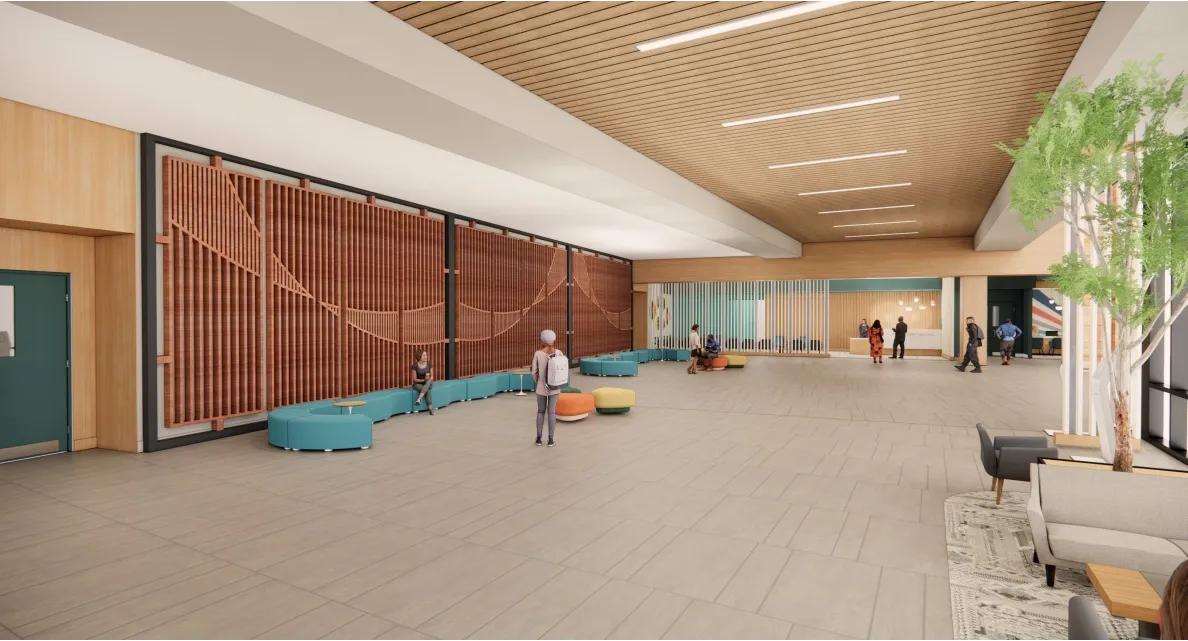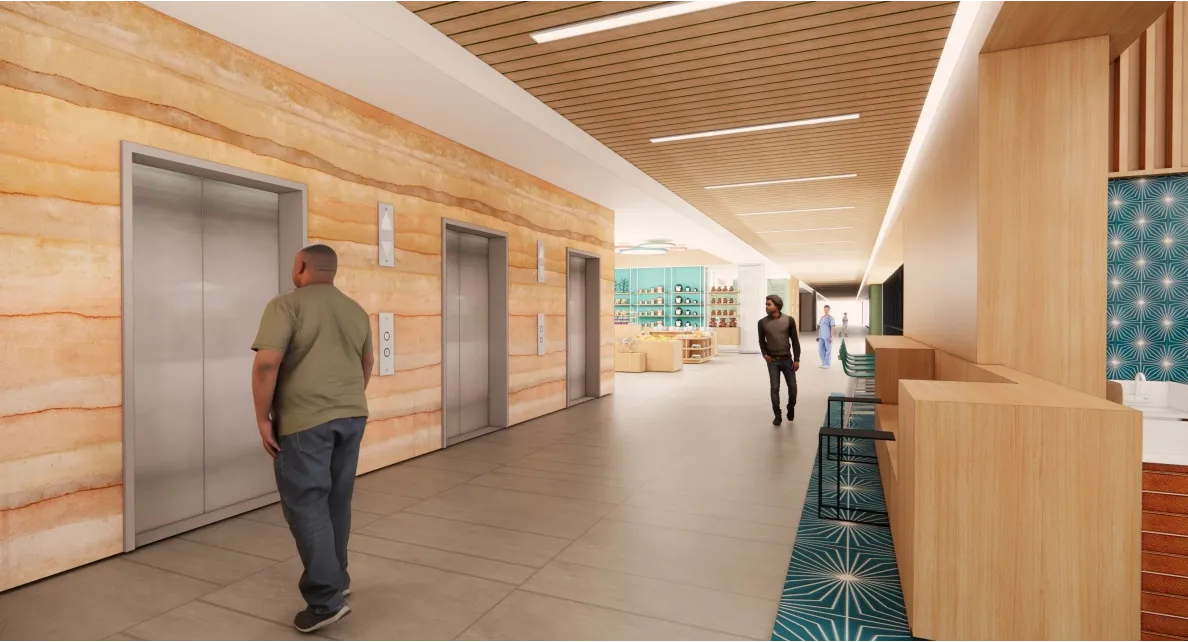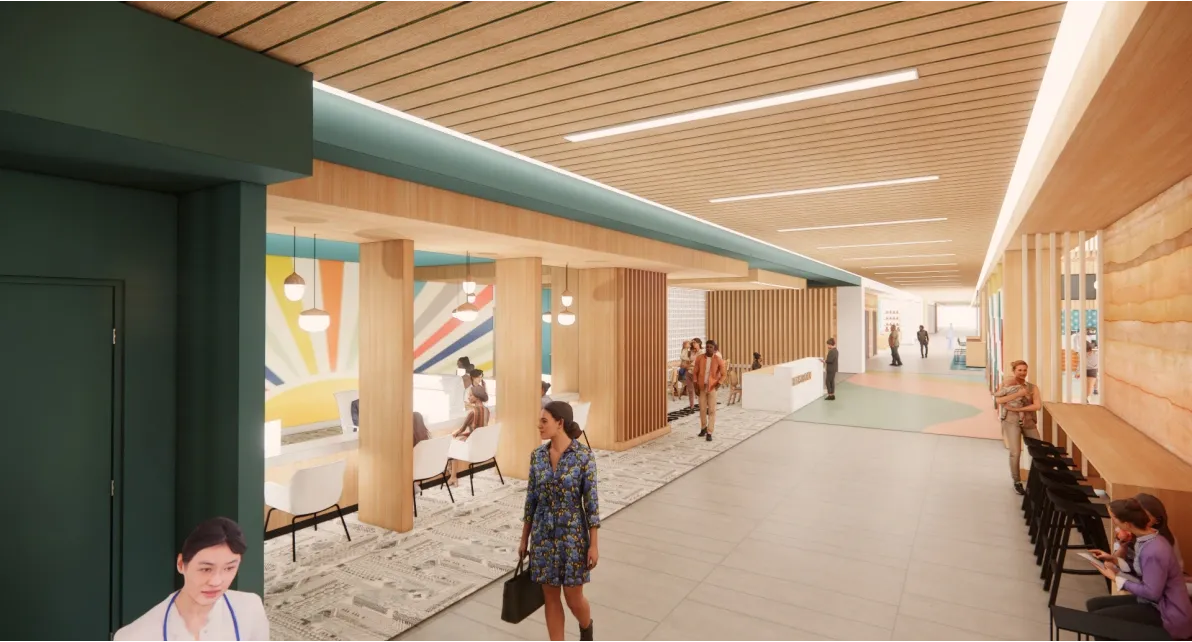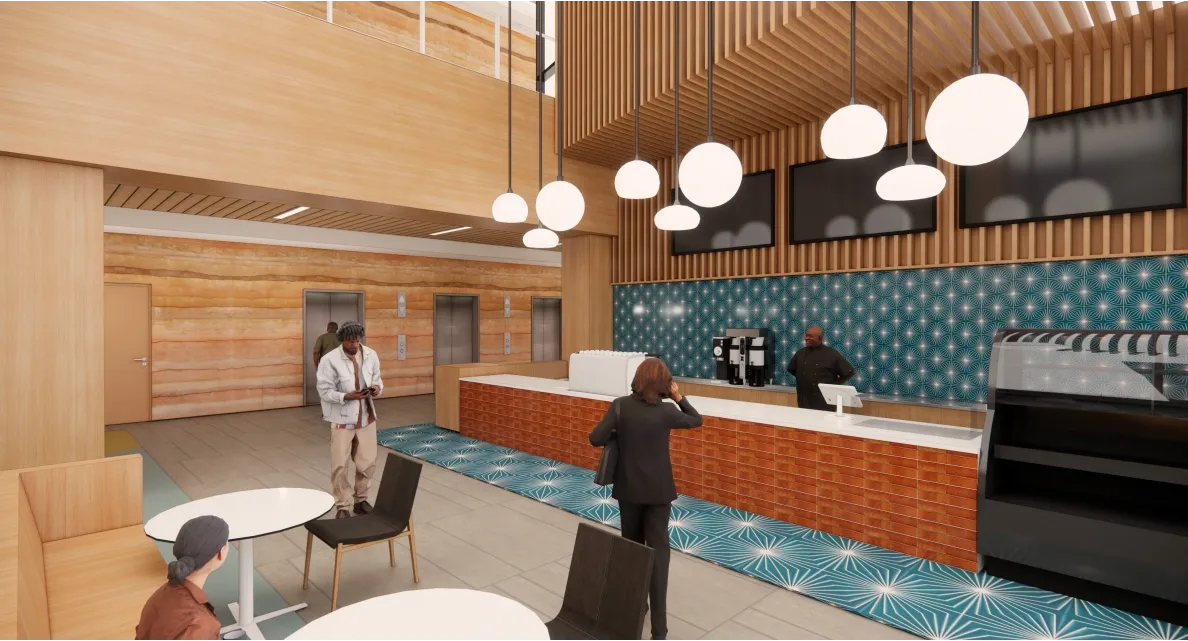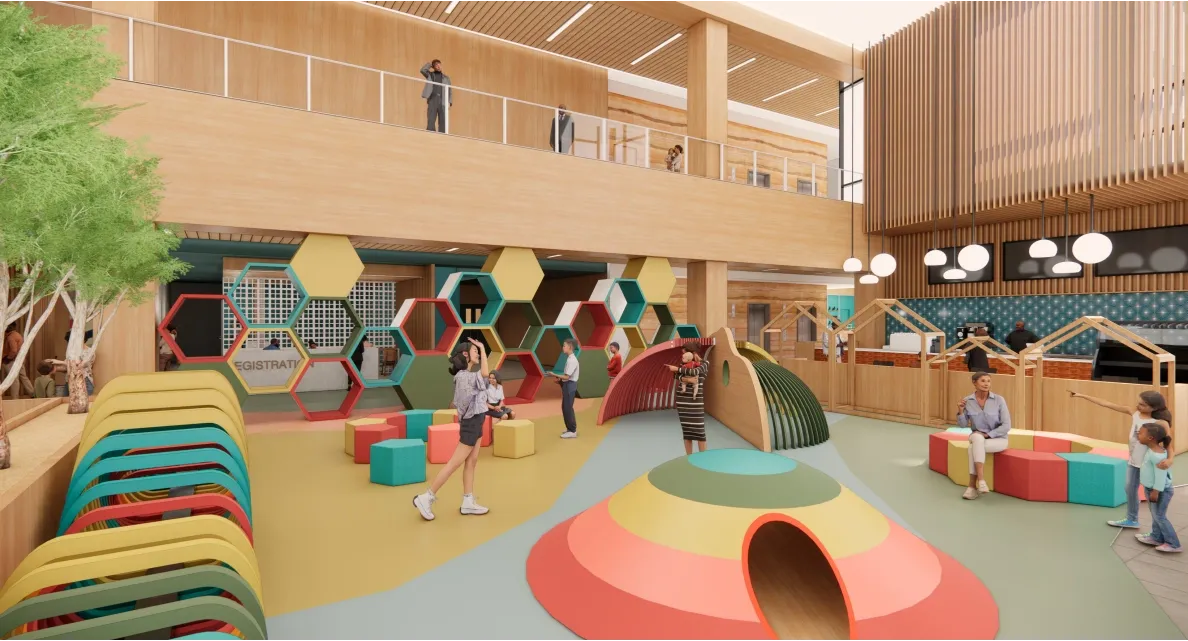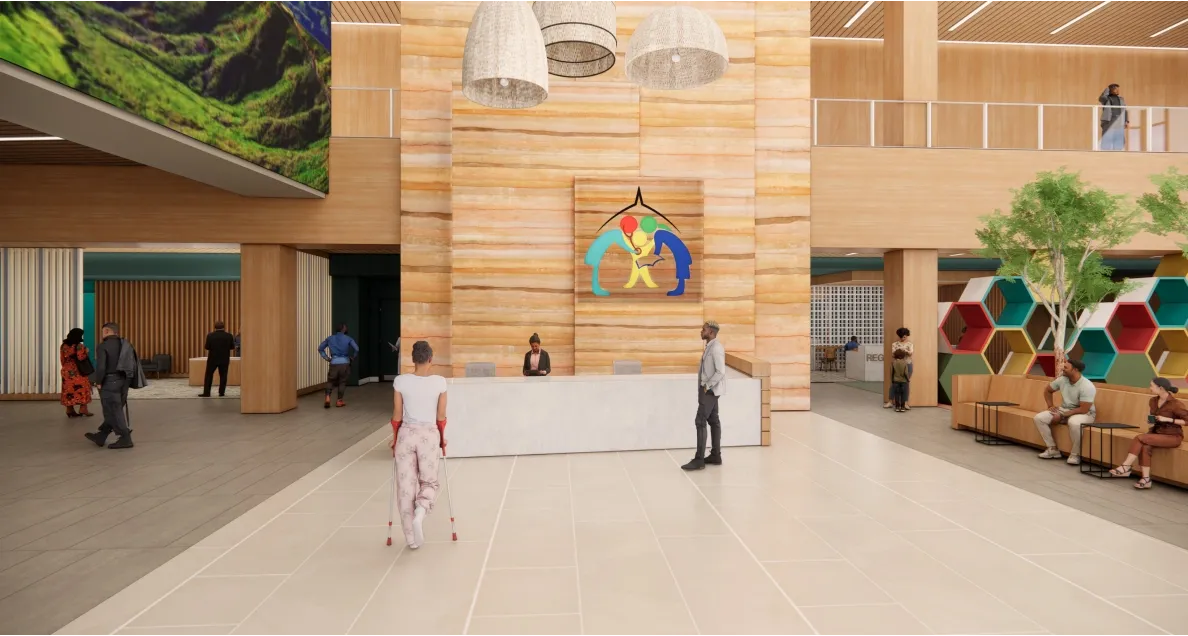
Our Vision For Ethiopia
Bringing care, cure and hope for children of Ethiopia.
Our Vision
To improve the health outcomes of children and pregnant women across Ethiopia through increased access to pediatric and maternal/fetal health services and research programs.
Our Mission
To facilitate building a state of the art comprehensive Children's Hospital aimed at providing high level medical, surgical, and research services and facilities to children and pregnant mothers in Ethiopia.
Our Goal
To raise funds to support phase 1 of this project, including design, permitting and coordination of the plans to build the first Children's Hospital of Ethiopia.
The Need in Ethiopia
110M+
Population
50%
Under 18 years
100,000+
Annual maternal/newborn deaths
55/1000
Childhood deaths per 1000 births
Explore our future hospital
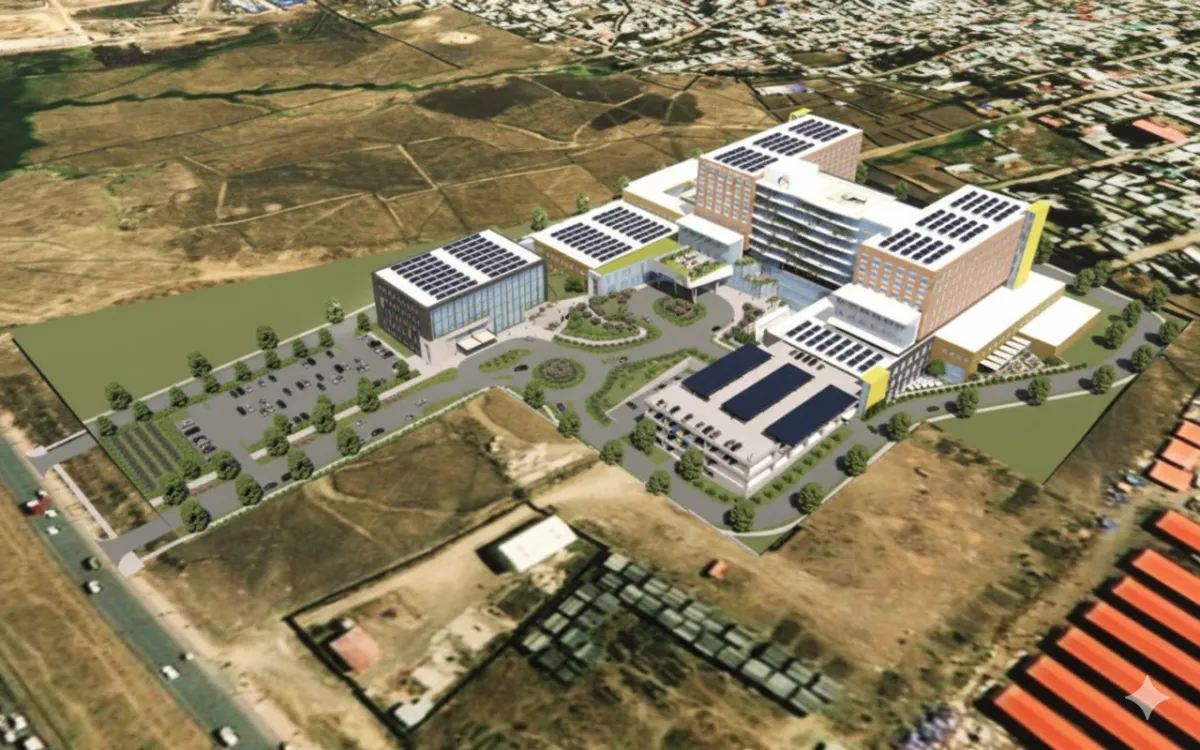

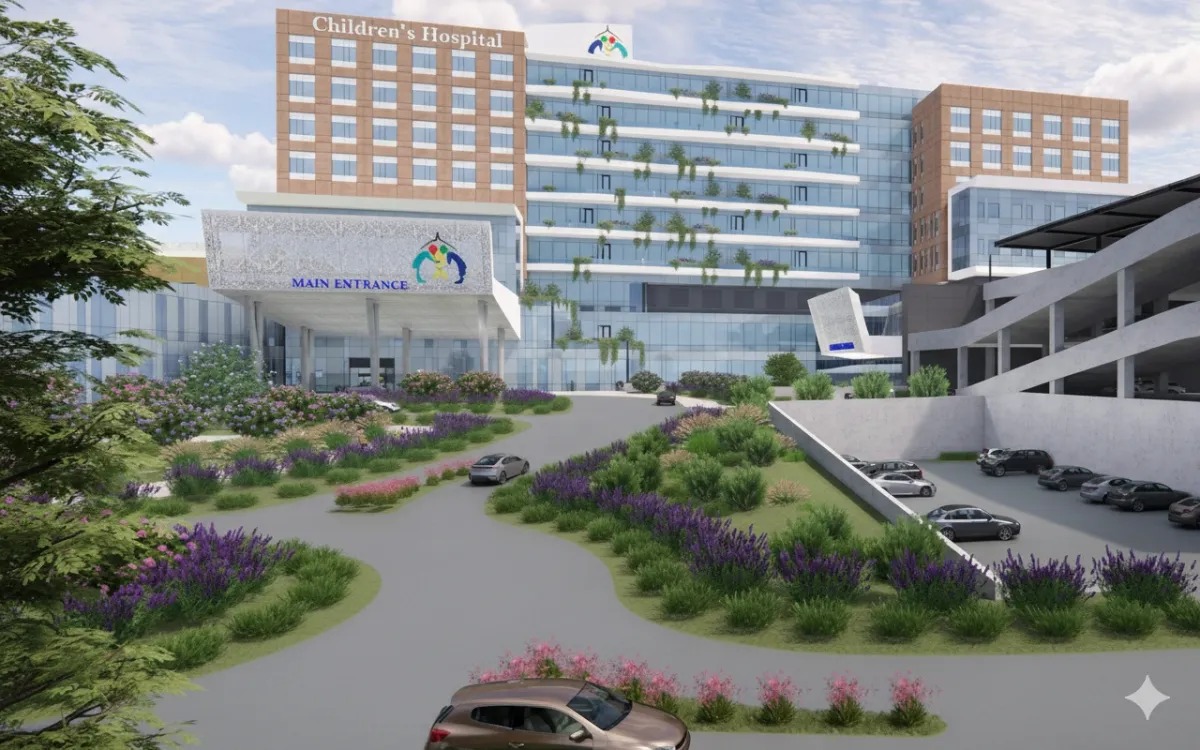




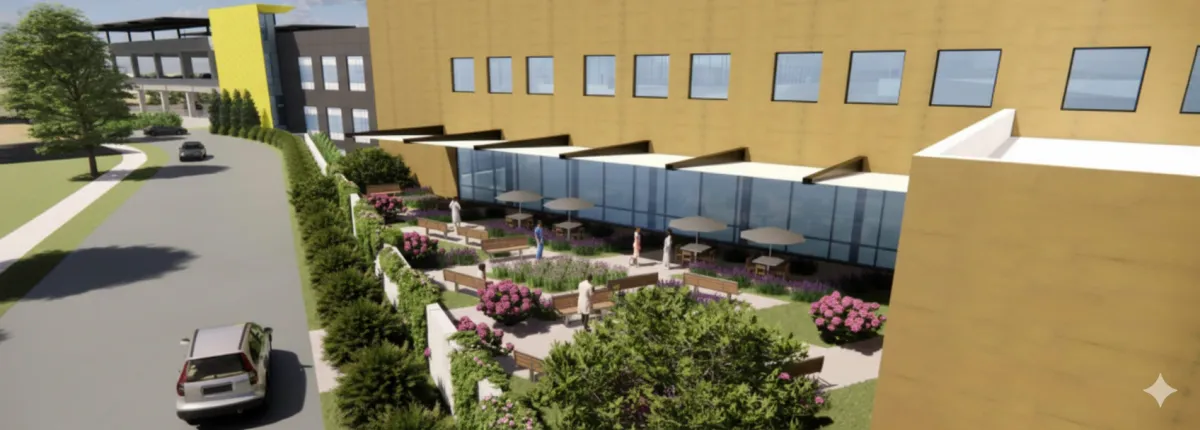





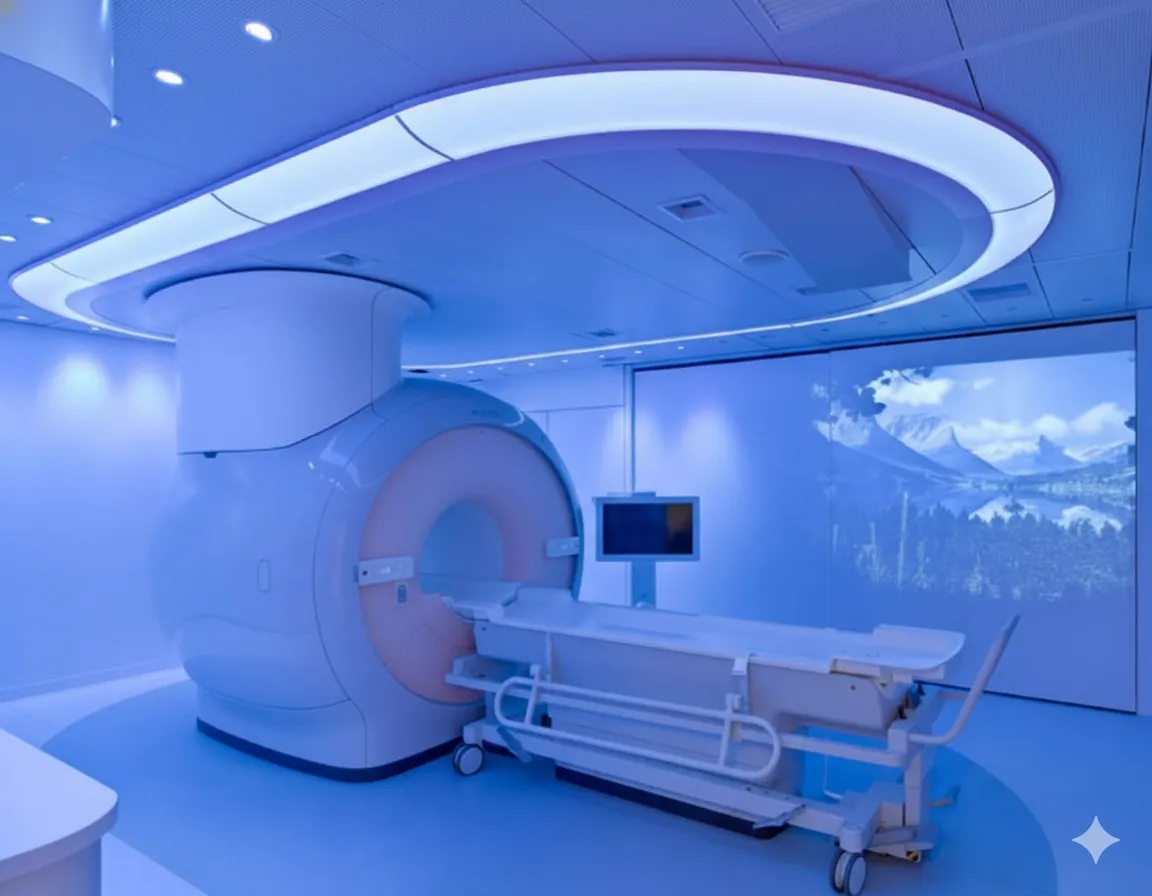
What we've done so far
EEG Machine Donation
Donated EEG machine received from Children's Hospital Colorado to Black Lion Hospital
EEG Labs Established
Donated 3 EEG machines to Ayder Referral Hospital (Mekele), Felege Hiwot Referral Hospital (Bahir Dar), and Gondar University Referral Hospital (Gondar). Also provided training and established 3 EEG labs in the cities mentioned above.
Expanded EEG Support
Donated two more EEG machines to Felege Hiwot Referral Hospital and trained 9 technologists
Major Medical Equipment Initiative
In collaboration with Children's Hospital Colorado, First Lady Office of Ethiopia, Colorado School for Blinds and Deaf, Addis Kidan Evangelical Church, Ethiopian Airlines and Boeing, we facilitated and shipped medical equipment donations received from Children's Hospital Colorado that cost estimate ~$287K. Distributed medical devices to Amanuel Mental Health Hospital, Gondar Medical University, Bahir Dar, Shone (Wolaita).
Educational Resources
Purchased braille computers with a total cost of $10,000 and distributed to Gondar and Sebeta blind schools. Distributed braille textbooks and educational resources received from Colorado School for Blinds and Deaf (Colorado Springs).
Epilepsy Care Initiative & EMU Launch
In collaboration with Children's Hospital Colorado and the Office of the First Lady of Ethiopia, we made significant contributions to improve epilepsy care in Ethiopia. We donated 41 EEG machines, including portable video EEG systems, to seven hospitals: Tikur Anbessa University Specialized Hospital, Gondar Hospital, Adama Hospital, Jijiga Referral Hospital, Sodo Christian Hospital, Ayder Hospital. Along with the equipment, we also provided comprehensive training for healthcare professionals. Additionally, we launched Ethiopia’s first Epilepsy Monitoring Unit (EMU) program, marking a major milestone in advancing neurological care in the country.
Frequently Asked Questions
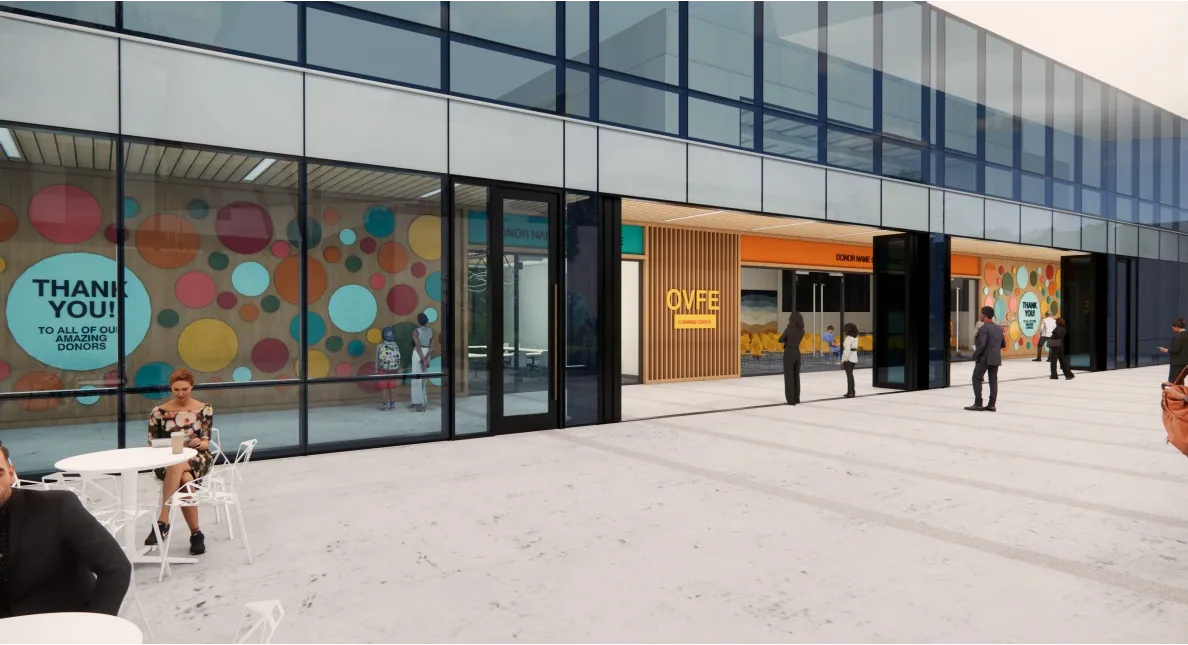
Contact Us
